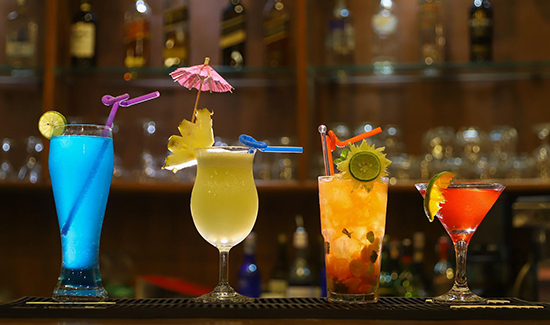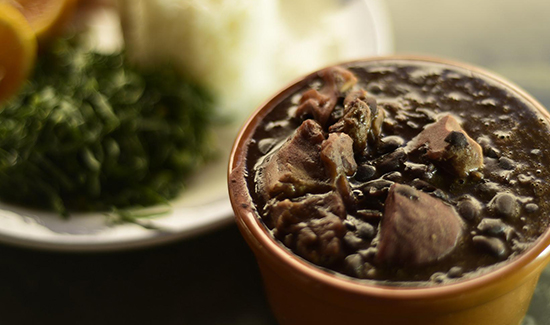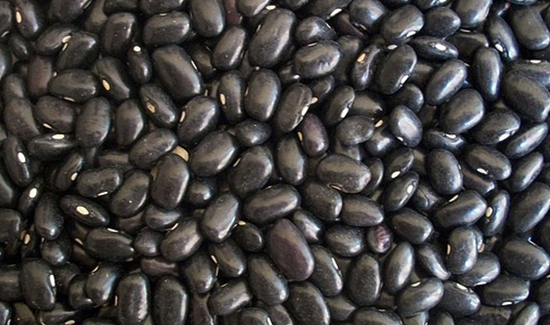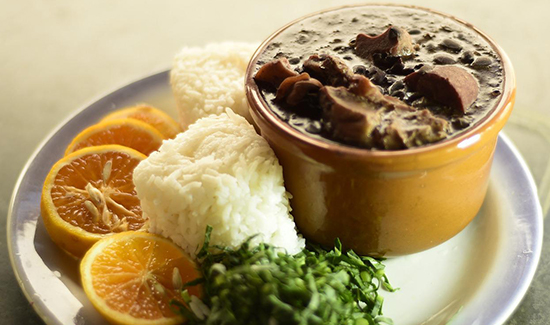Stop looking inexperienced or making the same boring drinks when entertaining friends. Knowing the recipes and what booze goes into making the most popular bar drinks will help enhance your bar menu and entertain your guests with confidence.
rosebudatlanta.com gathered the following information, recipes, and suggestions on making and pairing 5 of the most popular bar drinks.
1. Bloody Mary
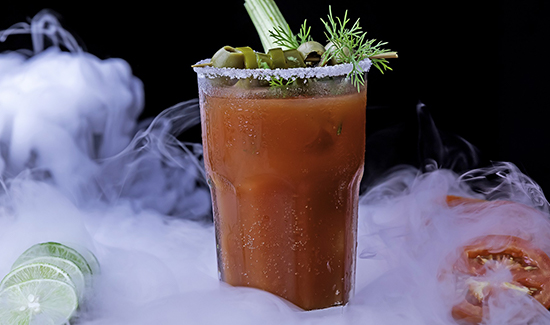
The creation of the Bloody Mary is often credited to Fernand Petiot in the 1920s while a young bartender at Harry’s New York Bar in Paris. However, it appears he simply spiced up an existing and well-established combo of vodka and tomato juice while working at the St. Regis Hotel, New York City, during the 1940s.
Ingredients – A classic or traditional Bloody Mary includes:
1 teaspoon sea salt, or as needed
Ice cubes, as needed
¾ cup spicy tomato-vegetable juice cocktail (such as V8®)
1.5 ounces vodka
2 dashes of Worcestershire sauce
1 dash of hot pepper sauce (such as Tabasco®)
Salt and ground black pepper to taste
1 stalk celery
2 garlic-stuffed green olives, threaded onto a toothpick
Salt the rim of your cocktail glass and fill with ice. Fill a cocktail shaker with ice cubes, add vegetable juice cocktail, vodka, Worcestershire sauce, hot pepper sauce, salt, and pepper. Cover and shake until the outside of the shaker has frosted (20 seconds). Strain Bloody Mary into the prepared glass and garnish with a celery stalk and olives.
Taste – The earthy flavor might catch you off guard if you’re not familiar with this cocktail. It’s spicy, salty, and has an overall savory flavor. You get the taste of tomatoes and hot sauce, along with all the other ingredients.
Pairs with – While many foods can be paired with a Bloody Mary, here are some of the more popular pairings:
- Meatballs
- Mozzarella Sticks
- Red Pepper Hummus and Toasted Pita
- Grilled Bacon-Wrapped Scallops
- Shrimp
Non-alcoholic Version – Virgin Bloody Mary (Same recipe without the vodka)
2. Caipirinha
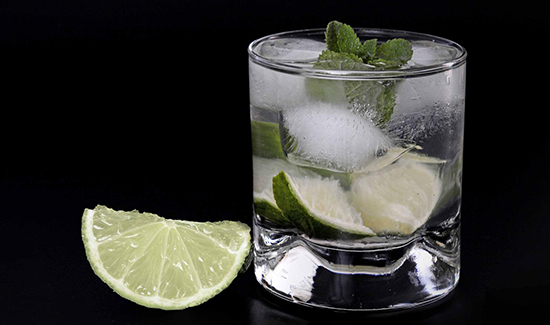
This cocktail was invented by farmers in the Piracicaba region in the interior of the State of São Paulo, Brazil, during the 19th century as a local drink for ‘high standard or elegant’ events and parties, reflecting the strong sugarcane culture in the region.
Ingredients – This spectacular cocktail contains the following:
1 lime, quartered
1 teaspoon white sugar
2 ounces cachaca (Brazilian rum)
1 ½ cups ice
Combine sugar and lime quarters in a pint glass. Crush and mix together using a cocktail muddler. Add cachaca and stir. Fill with ice and stir again.
Note: Change the name to “Caipiroska” when using vodka instead of cachaca.
Taste – A caipirinha tastes like a sweet lime juice with a grassy aftertaste.
Pairs with – Drink Caipirinhas with the same foods and snacks you’d have with a Margarita, Daiquiri, or a Mojito, like salsa and tortilla chips, guacamole, etc.
Non-alcoholic Version – Virgin caipirinha (made with ginger beer)
3. Cosmopolitan
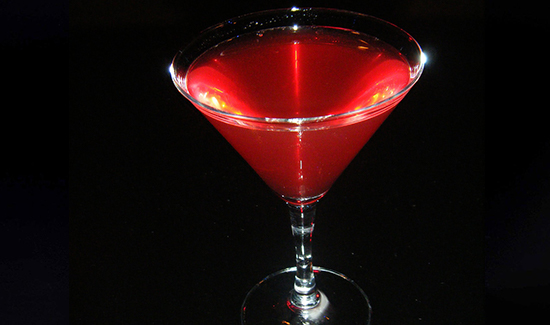
Bartender Neal Murray states that he created the cosmopolitan in 1975 at the Cork & Cleaver steak house in Minneapolis. According to Murray, he added a splash of cranberry juice to a Kamikaze, and the first taster declared, “How cosmopolitan.”
Ingredients – All traditional “Cosmos” are typically made with the same ingredients, including:
1 ½ ounces vodka
¼ ounce lime juice
¼ ounce triple sec
¼ ounce cranberry juice
1 cup ice
1 lime wedge for garnish
Combine vodka, lime juice, triple sec, and cranberry juice in a cocktail shaker. Add ice, cover, and shake until chilled. Strain into a chilled cocktail glass and garnish with a lime wedge.
Taste – Cosmopolitan cocktails are sweet with a touch of tang from the lime.
Pairs with – The sharpness of the cocktail is well-complemented by a soft brie cheese and crunchy cracker. A small piece of cherry or tomato adds to the fruity flavor of the drink.
Non-alcoholic Version – Virgin Cosmopolitan (Substitute the alcohol with sparkling water or soda)
4. Long Island Iced Tea
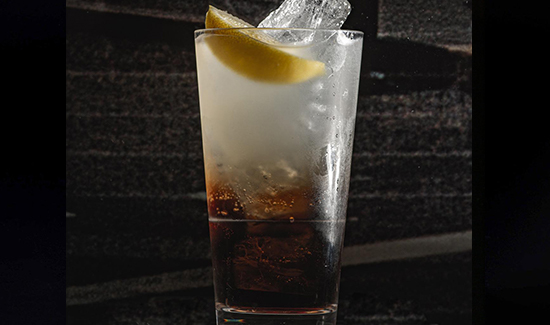
According to “legend,” The first Long Island iced tea was allegedly crafted by Robert “Rosebud” Butt in 1972 while tending bar at the Oak Beach Inn in Hampton Bays on Long Island.
Ingredients – A classic Long Island Iced Tea includes:
1 (1.5 ounces) jigger vodka
1 (1.5 ounces) jigger gin
1 (1.5 ounces) jigger rum
1 (1.5 ounces) jigger triple sec liqueur
1 teaspoon tequila
2 teaspoons orange juice
2 ounces cola-flavored carbonated beverage
1 lemon wedge
In a cocktail mixer full of ice, combine vodka, gin, rum, triple sec, and tequila. Add orange juice and cola. Shake until frothy. Strain into a Collins glass filled with ice, and garnish with a lemon wedge.
Taste – A Long Island Iced Tea tastes like cola with lemon and orange flavoring added.
Pairs with – Dishes like buffalo chicken wings along with other hot and hearty dishes pair well with the refreshing taste of a Long Island Iced Tea.
Non-alcoholic Version – Alcohol-free Long Island Iced Tea
5. Manhattan
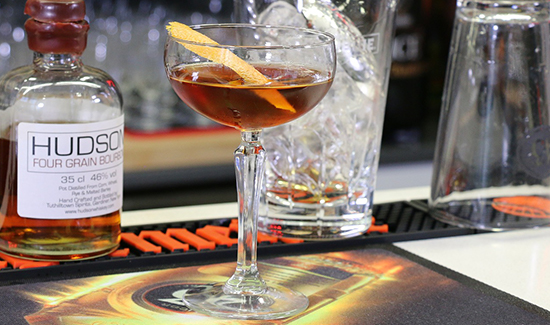
The Manhattan cocktail is most likely an ode to the Scottish outlaw and folk hero, the Rob Roy Manhattan was created in 1894 by a bartender at the Waldorf Astoria in Manhattan, New York City.
Ingredients – This simplistic beauty of a drink is made with:
2 ounces bourbon
½ ounce sweet vermouth
1 maraschino cherry
½ cup ice
Pour bourbon and vermouth over ice in a shaker, then shake well and pour into a cocktail glass, garnishing with a cherry.
Taste – The Manhattan is a classic cocktail of choice for whiskey-lovers due to its subtle bitterness and herbal undertones.
Pairs with – A Manhattan achieves a perfect pairing with a succulent rack of lamb.
Non-alcoholic Version – Alcohol-free Manhattan (Uses apple juice and alcohol-free red wine)
What Drinks Can You Order at a Bar?
In this article, you discovered 5 immensely popular drinks, their ingredients, preparation, taste, and food pairing suggestions.
Knowing what drinks to order at a bar will help you seem knowledgeable while properly pairing them with the right foods.
Not knowing what it takes to make the best cocktails can lead to boring drinks, less business, and bad flavor pairings.
Sources:
chatham.edu/alumni/alumni-reunion-weekend/pdfs/bloody-mary-recipe.pdf
bizeconreporting.journalism.cuny.edu/2013/05/23/caipirinhas-everywhere-brazilian-cachaca-ready-to-take-over-the-american-market/
observer.case.edu/how-to-make-a-cosmopolitan-the-grown-up-vodka-cran/
dks.library.kent.edu/?a=d&d=tks20150408-01.2.33&e=——-en-20–1–txt-txIN——-
crescent.edu/post/manhattan-cocktail-the-classy-drink-with-a-cherry-on-top
